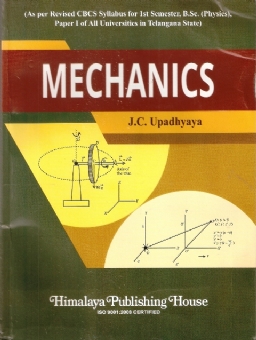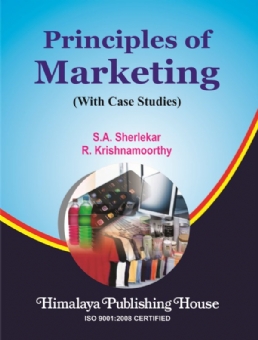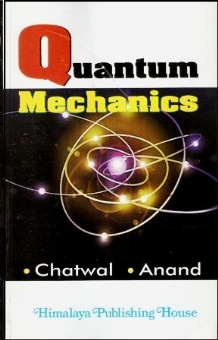Present book entitled ‘Mechanics’ has been written according to the new CBCS syllabus for B.Sc.(Physics) – First Semester Students of all universities in Telangana. The prescribed syllabus basically deals with the different topics of mechanics. In fact, the course on mechanics forms the foundation of entire physics and this is why this course is taught first of all to the students studying the subject of physics.
The syllabus has been divided into five units, which has been presented in the book in the form of six chapters. First chapter deals with the vectors, the mathematical tool, needed necessarily to study the concepts of physics. Second chapter discusses the basic principles of mechanics. This chapter begins with the well known Newton’s laws of motion and their application to variable mass system. In the middle of the chapter, the fundamental laws of conservation of evergy, linear and angular momentum are discussed in reasonably details with proper examples. As an application to these basic laws, finally the chapter deals with the collision problem and scattering. Machanics of rigid bodies is discussed in chapter third where conceptually the climax of classical ideas of mechanics is reached. Fourth and fifth chapters describe respectively ‘Gravitation and Coriolis Force’ and ‘Central Forces’. Newtonian ideas of space and time fail at speeds comparable to the speed of light. Revolutionary ideas regarding space and time and the fundamental equation E = mc2 of massenergy equivalence result from the Einstein’s postulates of special theory of relativity. This theory with its consequences is discussed in the sixth chapter i.e., the last chapter of the book.
In order to grasp the basic concepts of physics and to understand the complicacy of subject matter it is necessary that the students have sufficient practice to solve he related problem. This is why we have given a sufficient number of selected informative and modern solved problems inside each chapter followed by a good number of unsolved problems at the end of the chapter. The unsolved problems have been systematically and methodically so arranged that after solving some simpler problems in the beginign an average student is encouraged to tackle relatively difficult problems and a good student feels pleasure and intellectually satisfied after solving some difficult problems given in the last. Regarding the solved problems, we advise to students. “Always try to solve a problem in writing before looking to its solution. This will help you in locating your difficulties and consequently in removing them”.
In view of the latest pattern of university examination papers, theoretical questions have been systematically arranged at the end of each chapter of the book in the two heads : (i) Long Answer Questions and (ii) Short Answer Questions.
Contents-
UNIT – I
1. Vector Analysis
Introduction to Vector Algebra
UNIT – II
2. Mechanics of Particles
Part A : Laws of Motion and Variable Mass System
Part B : Conservation of Energy
Part C : Conservation of Linear Momentum
Part D : Conservation of Angular Momentum
Part E : Collisions and Scattering
UNIT – III
3. Mechanics of Rigid Bodies
UNIT – IV
4. Gravitation and Coriolis Force
Part A : Gravilation Potential and Gravitational Field
Part B : Non-inertial Frames and Coriblic Force
UNIT – V
5. Central Forces
UNIT – V
6. Speical Theory of Relativity







